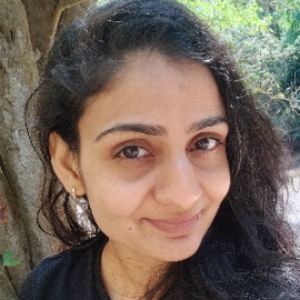Title : Cyst-like Structures in the life cycle of Trichomonas vaginalis: A possible non-sexual mode of transmission
Abstract:
Trichomonas vaginalis is a parasitic protozoan known to cause a non-viral sexually transmitted infection known as Trichomoniasis. The infection encompasses a broad range of symptoms in both male and female patients ranging from acute inflammation, premature labor, low birth-weight of infants, vaginitis and increased susceptibility to life-threatening Human immunodeficiency Virus (HIV) infection, cervical neoplasia and pelvic inflammatory disease. Although most of the infected patients are asymptomatic, the annual incidences of Trichomoniasis are more than 170 million throughout the world.
Life cycle of the parasite has been traditionally described as consisting of motile and symptom-causing trophozoites which are sexually transmitted. In our current research, we show the formation of viable cyst-like forms in stationary phase of T. vaginalis axenic culture. Like cysts from other protozoan parasites like Entamoeba histolytica and Giardia lamblia, T. vaginalis cyst-like structures (CLS) appear spherical, immotile, uniquely stains with calcofluor white, is resistant to osmotic lysis and detergent treatments. We used calcofluor white, a stain which specifically binds to chitin and cellulose-containing structures, to score for the Cyst-like structures. We demonstrate and quantitate the processes of encystation as well as excystation in vitro; thus, completing the parasite’s lifecycle without any chemical/ temperature alterations. We found that CLS play an important role physiologically as it is resistant to detergents, swimming pool water, and also able to convert back to trophozoites.
Finally, we show that symptomatic human patient vaginal swabs have presence of both T. vaginalis trophozoites and CLS; thus, highlighting the role of cyst-like forms in clinical infections. The study highlights the plasticity of the pathogen and its rapid adaption when subjected to stressful environmental cues. Together, our findings suggest an important role of cysts-like structures in the parasite’s life cycle, pathogenesis and transmission.
Audience take away:
My talk includes new findings which are relevant to the academic as well as clinical field. The audience will be benefited by learning the strategies used by the parasites to cope for survival and efficient transmission.



